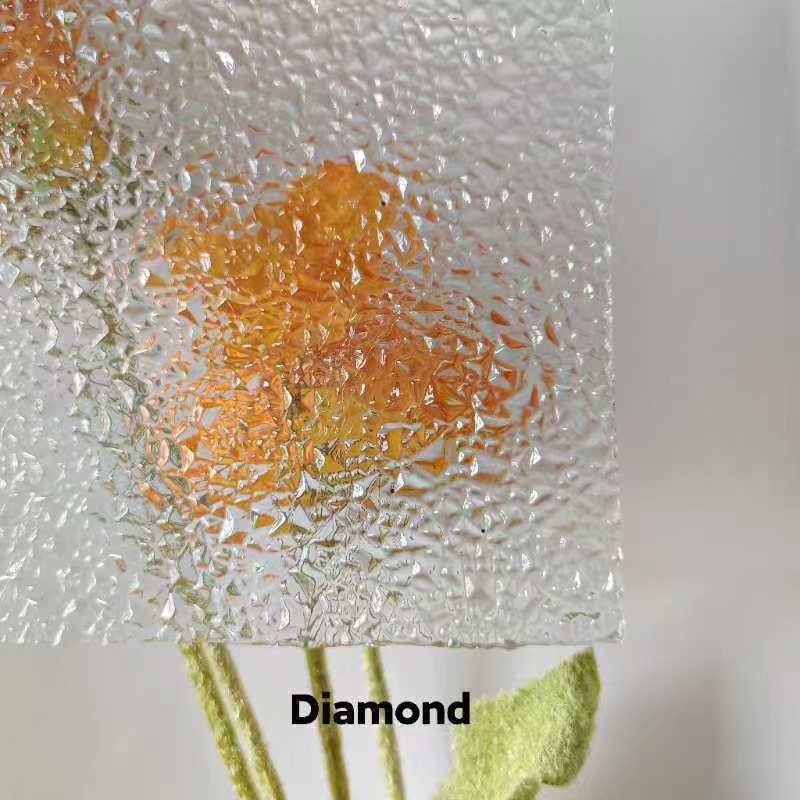

The Wonders of Light Reflecting Glass
Light reflecting glass, an innovative material that bends our perceptions of space, light, and design, has revolutionized architecture, interior design, and various industrial applications. Known for its unique ability to manipulate light, this extraordinary glass serves both functional and aesthetic purposes, making it a transformational element in modern design.
What is Light Reflecting Glass?
At its core, light reflecting glass is engineered to reflect a significant amount of visible light while allowing for a controlled transmission of light, depending on the specific application. This type of glass typically employs a thin metallic coating that enhances its reflective qualities while maintaining clarity, resulting in a striking interplay between light and surface. The use of advanced technology in its production ensures that light reflecting glass can achieve high transparency along with low emissivity, which means it can minimize heat transfer while maximizing natural light intake.
Architectural Applications
In architecture, light reflecting glass is prized for its ability to create striking visual effects and energy efficiency. Architects increasingly utilize this material to design facades that display elegance and sophistication, reflecting the environment while remaining functional. High-rise buildings adorned with light reflecting glass not only appear modern and sleek but also contribute to energy conservation by lowering the need for artificial lighting during daylight hours. Such buildings can harness solar energy without becoming overheated, thus reducing reliance on air conditioning systems.
Moreover, the reflective properties help to blend buildings into their surroundings, making urban spaces feel less congested
. The reflections on light reflecting glass facades can transform cityscapes, merging sky, trees, and other structures, fostering a connection between nature and urbanity.Interior Design

In interior design, light reflecting glass is used to create a sense of spaciousness and illumination. This glass can be implemented in various ways, from partition walls that separate spaces without closing them off to decorative mirrors that reflect light and enhance a room’s atmosphere. The strategic placement of light reflecting glass can create a warm, inviting feel, making small or poorly lit spaces appear larger and more vibrant.
Designers favor light reflecting glass in homes, offices, and commercial spaces, as it enriches the ambiance while ensuring privacy. For instance, reflecting glass shower enclosures provide a contemporary touch while maintaining discreetness, and glass office partitions encourage collaboration without compromising on privacy.
Safety and Sustainability
Beyond aesthetics, light reflecting glass also excels in safety and sustainability. The glass can be produced to be shatter-resistant, enhancing safety in high-traffic areas and contributing to building longevity. Furthermore, with rising concerns about climate change and sustainability, using energy-efficient materials like light reflecting glass has become essential. These glasses contribute to LEED (Leadership in Energy and Environmental Design) certifications, signaling commitment to sustainable practices.
Artistic Expressions
While its functional attributes are impressive, light reflecting glass is also a medium for artistic expression. Artists and designers are increasingly exploring this material to create installations that engage viewers through reflections and light manipulation. The reflective surface can distort images and scenery, leading to captivating visual experiences. Art installations utilizing light reflecting glass contribute a dynamic element to galleries and public spaces, prompting audiences to interact with their environment and perceive it differently.
Conclusion
In summary, light reflecting glass stands at the intersection of functionality and artistry. Its versatility enhances both architectural and interior designs, promotes energy efficiency, and fosters artistic creativity. As technology continues to advance, the potential applications for this remarkable material are boundless, promising an exciting future in various fields. Whether illuminating a corporate office or transforming an urban skyline, light reflecting glass invites us to rethink our relationship with space and light, making it an essential component of contemporary design.